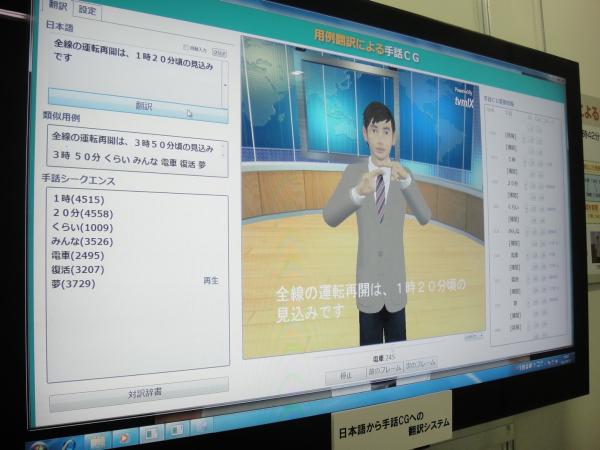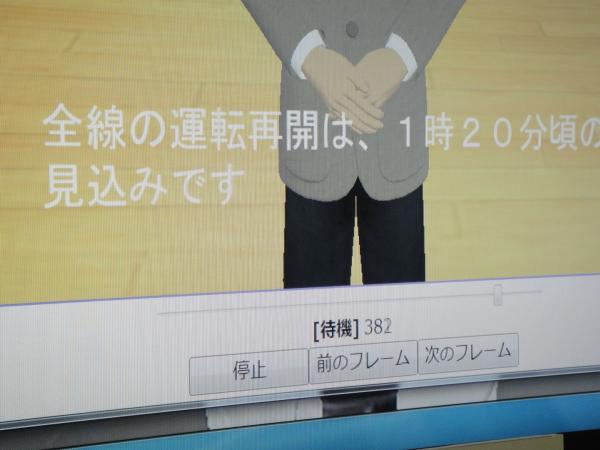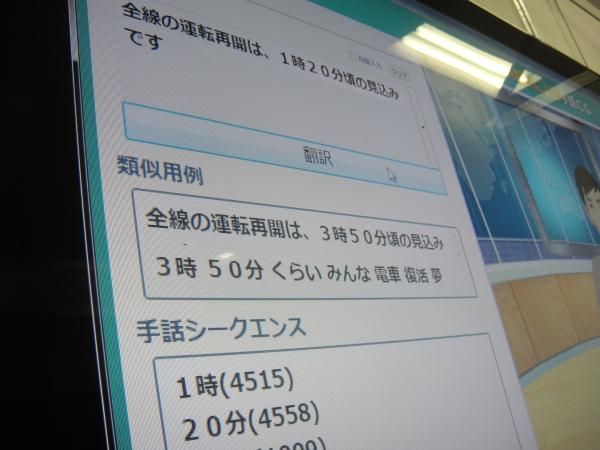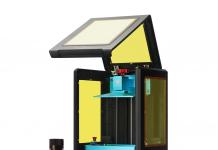Translating languages and interpreting foreign languages is big business these days, but when it comes to translating sign languages, it could become a little difficult.
Researchers are trying to develop a system where in sign language broadcasts could happen automatically with the help of animation. NHK Science & Technology Research Laboratories announced that they have been working on an automatic sign language translation system at Technology Open House 2011, which would convert Japanese words which are simple, and sign language into texts.
A person who loses auditory capacity after he learns a language may find it easy to read superscripts, or texts displayed on a screen. However, a person who is born deaf learns sign language first and later learns the language spoken by people around him. This, in this case, a person who is born deaf would learn sign language first, and then would understand Japanese.
Now, the idea is to create an animated system which would broadcast sign language on screens. However, researchers are finding it pretty difficult to convert Japanese words and even sign language scripts into animated versions. While it might be easy to find a French or a German translator, it is almost impossible to find sign language translators and that too in times of distress. The idea is to develop animated sign language systems which could be used to broadcast sudden newsflashes during disasters like the earthquake which struck Japan recently.
However, an advantage of the system in spite of all its shortcomings is that in disaster reporting, most sentences are pre-determined in nature and thus would be easy to not only translate and animate, but also use it again and again, every time a warning needs to be broadcast. At the moment, the animated version of sign language is not fluent, and is not accurate. However, the researchers aim to fix that in the near future. You could also read about how Kinect Can Recognize Sign Language, and you could also read about the Sign Language Video Tool.













